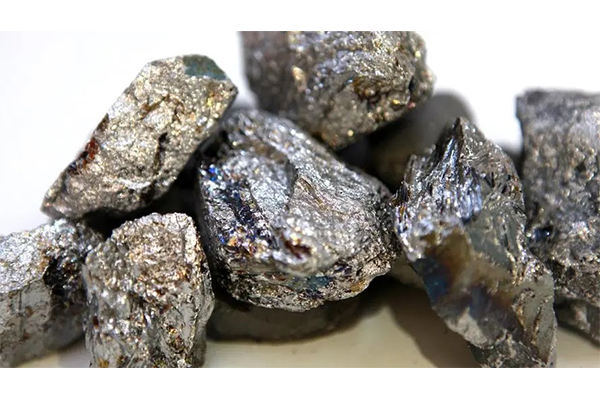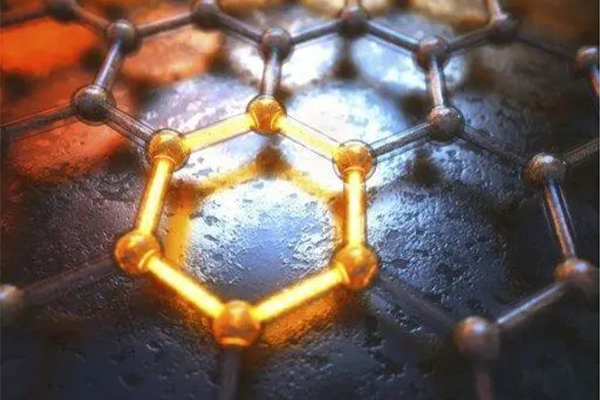Niobium , with the chemical symbol Nb and atomic number 41, is a transition metal element. Niobium alone is a lustrous gray metal. High-purity niobium is ductile, but hardens with increasing impurity content. Niobium has a low capture cross-section for thermal neutrons and is therefore quite useful in the nuclear industry.

About 85% to 90% of the world's niobium is used in steel production in the form of ferro-niobium. The addition of only 0.03% to 0.05% niobium to steel can increase the yield strength of steel by more than 30%. Niobium can also induce precipitation and control the cooling rate to achieve a diffuse distribution of precipitates, adjusting the toughness level of steel in a wide range. Therefore, the addition of niobium to steel not only improves the strength of steel, but also improves the toughness, resistance to high-temperature oxidation and corrosion resistance, reduces the brittle transition temperature of steel, and gives the steel good welding properties and molding properties.
Niobium (Nb)
1, niobium and carbon, nitrogen, oxygen are extremely strong binding force, and with the formation of corresponding extremely stable compounds, and thus can refine the grain, reduce the sensitivity of steel overheating and temper brittleness.
2, has excellent hydrogen resistance.
3, niobium can improve the thermal strength of steel.
Physical properties: niobium is a gray-white metal, melting point 2468 ° C, boiling point 4742 ° C, density 8.57g/m³. Niobium is a gray metal with luster, paramagnetic, high purity niobium metal ductility is high, but will be hardened with the increase of impurity content. Its outermost electron layer arrangement is very different from that of the other group 5 elements. The same phenomenon occurs for the elements ruthenium (44), rhodium (45) and palladium (46), which come before and after it.

Niobium exhibits superconducting properties at low temperatures. At standard atmospheric pressure, niobium has a superconducting critical transition temperature of 9.25 K, which is the highest of all metals with superconducting properties.[5] Its magnetic penetration depth is also the highest of all metals. [5] It also has the highest magnetic penetration depth of any element. Niobium is one of the three singlet Type II superconductors, the other two being vanadium and technetium. The purity of the niobium metal greatly affects its superconducting properties.
Niobium has a very low capture cross section for thermal neutrons, making it quite useful in the nuclear industry.
Chemical properties: niobium is stable in air at room temperature and is not completely oxidized when red hot in oxygen. At high temperatures it is directly hydrated with sulfur, nitrogen, and carbon, and can form alloys with titanium, zirconium, hafnium, and tungsten. It does not act with inorganic acids or bases, and is not soluble in aqua regia, but is soluble in hydrofluoric acid.
Niobium metal is extremely stable in air at room temperature and does not interact with air. Although it has a high melting point in the singlet state (2468°C), it has a lower density than other refractory metals. Niobium is also resistant to various types of erosion and forms dielectric oxide layers.
Niobium is less electropositive than the element zirconium located to its left. Its atoms are almost the same size as those of the element tantalum, which is located below it, due to the contraction effect of the lanthanides. This makes niobium chemically very similar to tantalum. Although its corrosion resistance is not as high as Tantalum's, it is cheaper and more common, so it is often used as a substitute for Tantalum in less demanding situations, such as as a coating material for chemical tanks in chemical plants.
